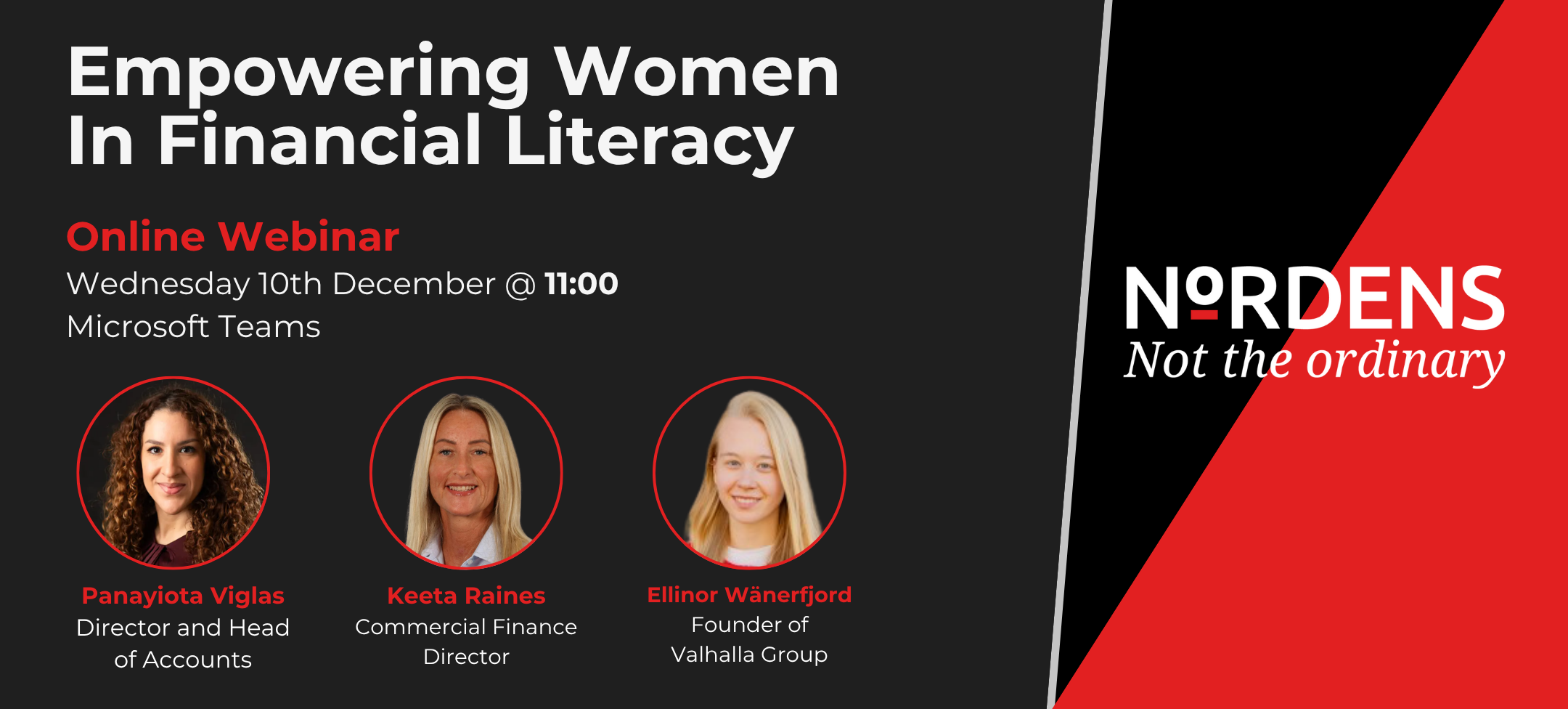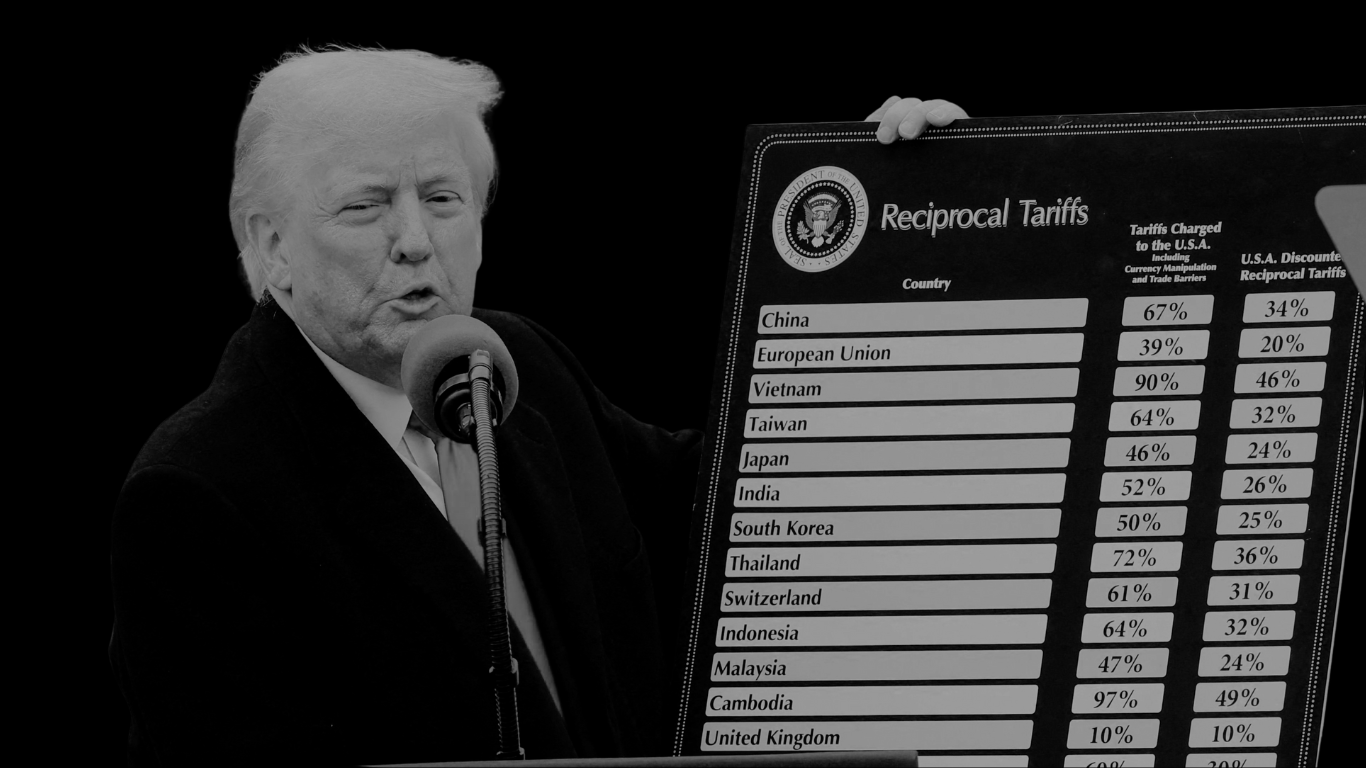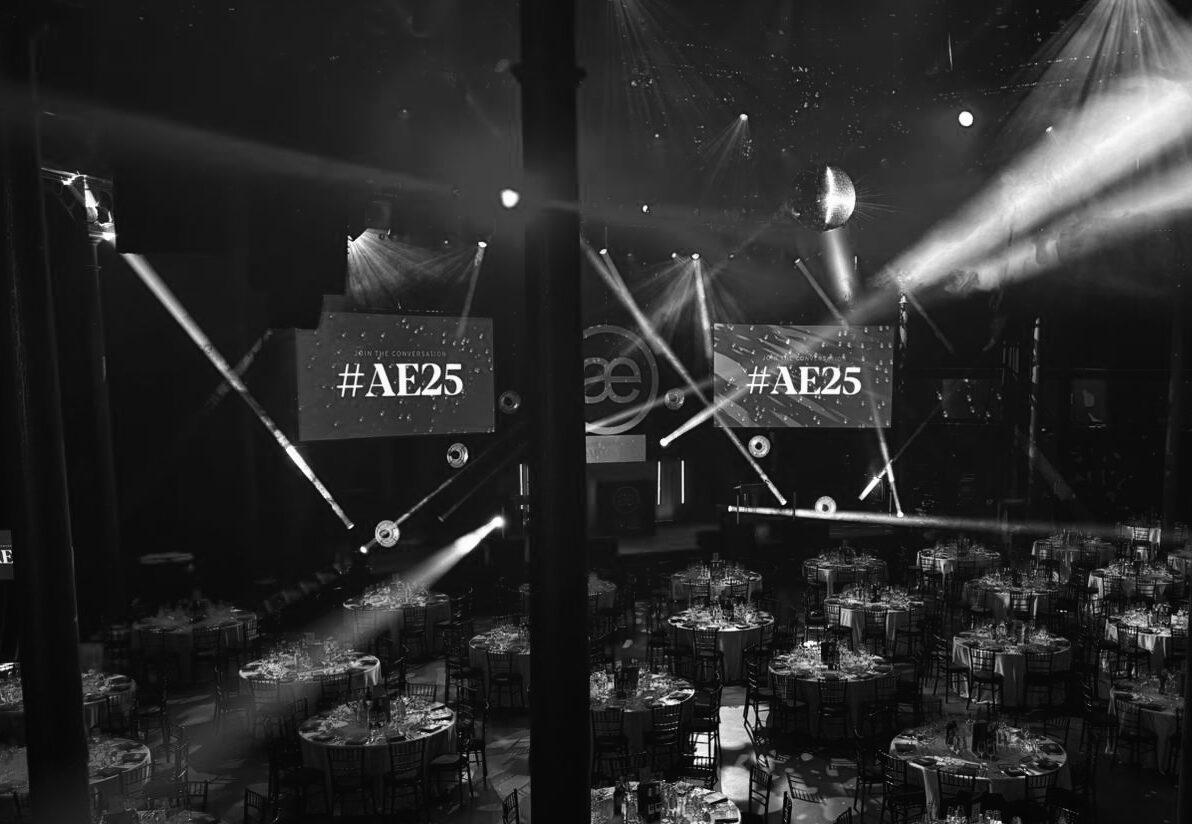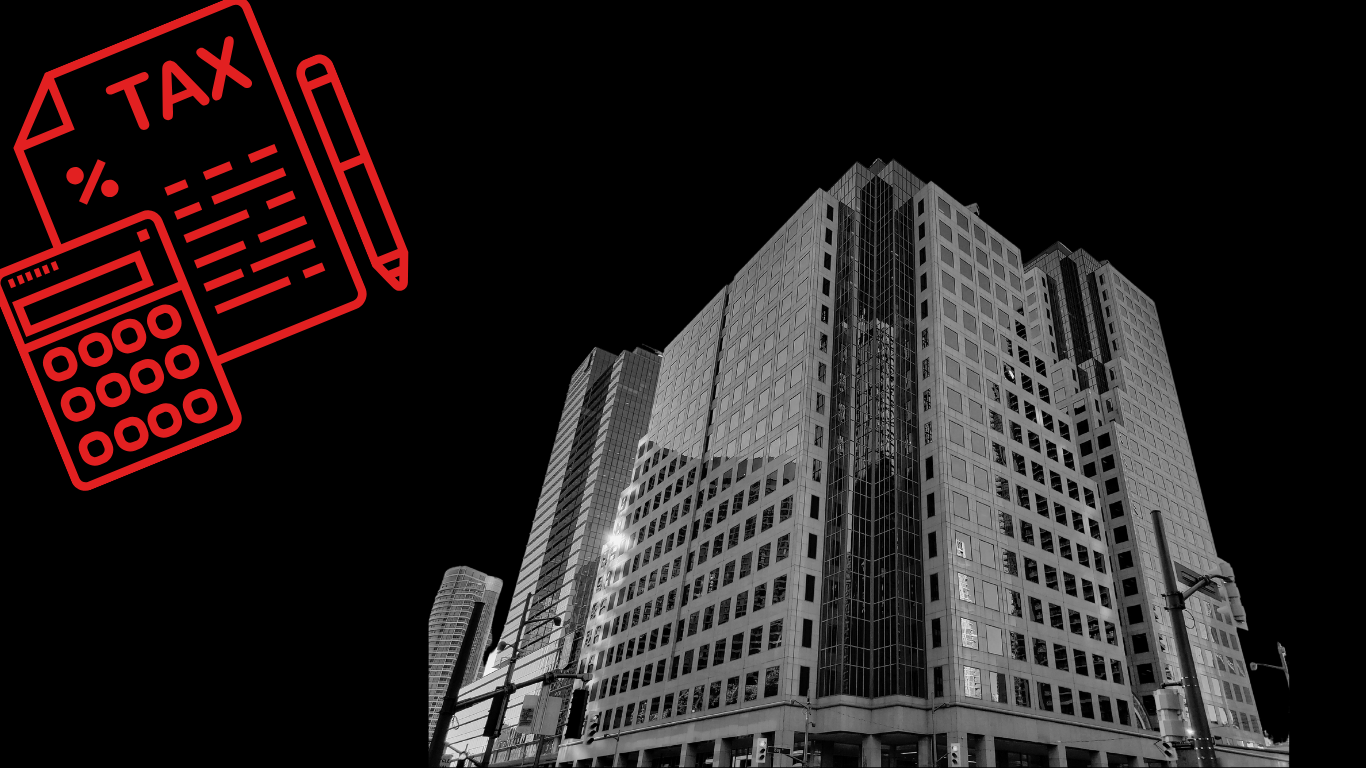The Tax-Free Childcare Scheme is a government scheme that entitles parents or guardians to 20% of childcare costs up to a maximum of £500 every 3 months (£2000 each year) for each child. The scheme increases to £1000 every 3 months (£4000 a year) if your child is disabled. The scheme covers all nations within the UK, including England, Wales, Scotland and Northern Ireland and was launched by government back in April 2017.
The Tax-Free Childcare scheme is processed through an online account, wherein for every £8 you pay into this account, the government will pay in £2 to pay your childcare provider. A childcare provider can be a childminder, nursery, nannie, afterschool club or play scheme that a child is cared for in attendance. Your childcare provider must be signed up to the scheme before you can pay them and benefit from Tax-Free Childcare.
The Tax-Free Childcare scheme was announced in conjunction with a set of packages for childcare outlined by government. This was consolidated through the Childcare Choices website which also includes the 15 Hours Free Childcare Schemes as well as the 30 Hours Free Childcare Schemes, which provides an allocated amount of time for children to receive free childcare every week at no cost for the parent or guardian.
Over 1.3 million families are eligible to apply for the Tax-Free Childcare scheme. Here’s all you need to know about the scheme and whether it applies for you and your family:
What Is The Tax-Free Childcare Scheme?
The Tax-Free Childcare Scheme was designed by the government as a state benefit type aid to help parents, carers and guardians in going through childcare. The Tax-Free Childcare scheme works by accessing a government payment account, where parents will pay in a certain amount which will be matched by 20% of the figure from the government.
You’ll need to earn a certain amount over the next 3 months. This is at least the National Minimum Wage or Living Wage for 16 hours a week on average. For example, over the next 3 months you expect to earn at least £1,853.28 – the National Living Wage for people over 23. If you have a partner, they’ll be expected to earn at least this much too.
If you’re self-employed and do not expect to make enough profit in the next 3 months, you can use an average of how much you expect to make over the current tax year. This earnings limit does not apply if you’re self-employed and started your business less than 12 months ago.
If you or your partner are temporarily earning less than this amount because of Coronavirus, you may still be eligible. You must be furloughed through the Coronavirus Job Retention Scheme or may be claiming a Self-Employment Income Support Scheme grant to qualify.
If you or your partner have an expected ‘adjusted net income’ (the total taxable income before any personal allowances and minus things like Gift Aid) of over £100,000 in the current tax year then you will not be eligible. This includes any bonuses you expect to get.
Who Does The Tax-Free Childcare Scheme Affect?
The eligibility around the Tax-Free Childcare scheme is fairly lenient and wide-reaching, however there are certain criteria to consider.
Your eligibility depends on:
- if you are working
- your income (and your partner’s income, if you have one)
- your child’s age and circumstances
- your immigration status
You can usually get Tax-Free Childcare if you (and your partner, if you have one) are:
- in work
- on sick leave or annual leave
- on shared parental, maternity, paternity or adoption leave
You may still be eligible if your partner is working, and you get Incapacity Benefit, Severe Disablement Allowance, Carer’s Allowance or contribution-based Employment and Support Allowance. You can also apply if you’re starting or re-starting work within the next 31 days.
As stated, you’ll need to earn a certain amount over the next 3 months. This is at least the National Minimum Wage or Living Wage for 16 hours a week on average.
Your child must be 11 or under and usually live with you. They stop being eligible on 1 September after their 11th birthday. Adopted children are eligible, but foster children are not.
As well as this, you (or your partner if you have one) must have a National Insurance number and at least one of the following:
- British or Irish citizenship
- settled or pre-settled status, or been living in the UK before 1 January 2021 with the right to reside
- permission to access public funds – your UK residence card will tell you if you cannot do this
If you’re living in an EU country, Switzerland, Norway, Iceland or Liechtenstein, you (or your partner if you have one) might still be eligible for Tax-Free Childcare if:
- your work is in the UK
- the work started before 1 January 2021
- you’ve worked in the UK at least once every 12 months since you started working here
Why Did The Government Introduce The Tax-Free Childcare Scheme?
The government proposed the Tax-Free Childcare Scheme, as well as the Childcare Choices overall scheme, in order to offer support for families who are struggling to pay for childcare. According, to the Money Advice Service, in the UK the average cost of sending a child under two to nursery is £138 per week part time (25 hours) and £263 per week full time (50 hours). For just a part time nursery attendance, this equates to parents having to pay on average over £7000 a year. What’s more, a reported fewer than one in five of the 1.3 million families eligible for the help have actually signed up to the Tax-Free Childcare scheme as of April 2021.
When the schemes were announced, the then Chief Secretary to the Treasury, David Gauke, said, “This Government is on the side of working families and our childcare support will cut thousands of pounds off bills for millions of households, as well as supporting parents to return to or remain in work. The new Childcare Choices website provides busy families with options that suit their needs, so they can clearly see which childcare offer works best for them. For the first time, we have brought all the childcare options together to make the process easier and simpler for families and childcare providers.”
As well as this, the then Education Secretary, Justine Greening, stated, “Affordable childcare and early years education are a vital part of how we can get our children on the right path, whilst also helping parents to be back at work, if that is what they want. Many parents are struggling to balance the cost of childcare against the benefits of being in work and this government wants to help.”
How To Apply For The Tax-Free Childcare Scheme?
You can apply for the Tax-Free Childcare Scheme by signing up to a childcare account through the dedicated government portal page. This account once verified, can then be used to pay the childcare provider.
We hope this has outlined to you exactly what the Tax-Free Childcare Scheme is and whether it applies to you and your family household. If you require any more information on any government schemes for childcare, or anything accounting related for that matter, please don’t hesitate to get in contact with us at Nordens where one of our trusted advisors would be happy talking you through your query.









































































































































































































































































































































































































































































































